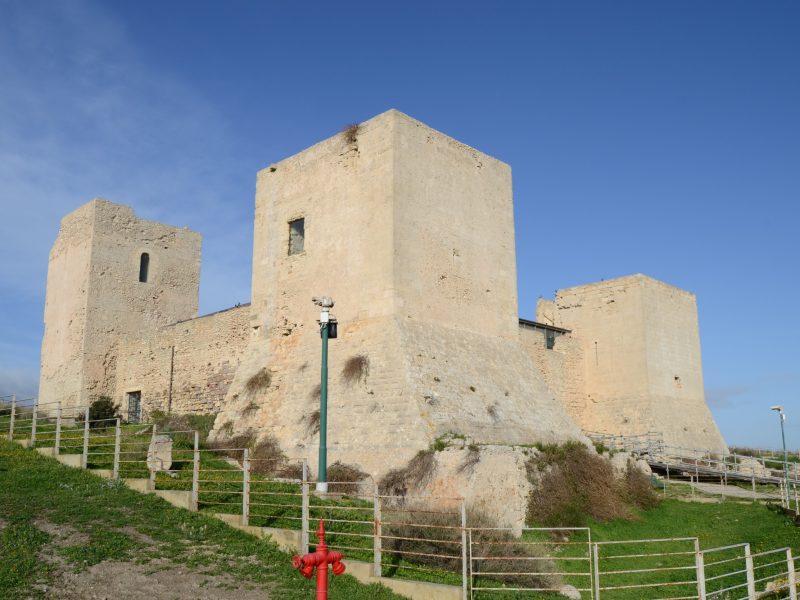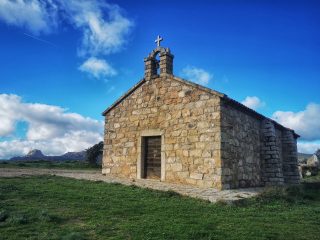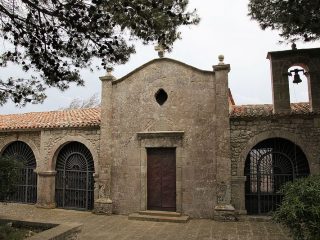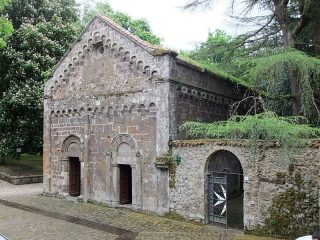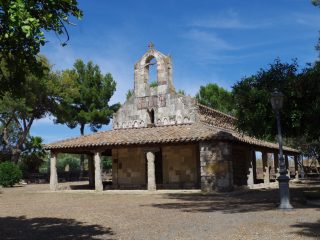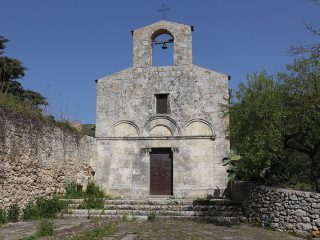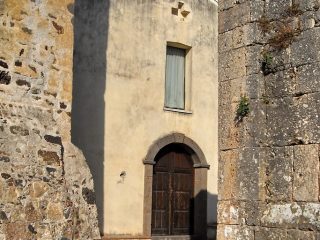At the top of the hill of the same name, sits the San Michele Castle, one of the most important examples of defence in the city and of its fairly troubled history.
The name of the hill and castle derive from an old church dedicated to San Michele Arcangelo. The construction of the castle dates back to 1327, the year in which the Carroz family obtained the San Michele domain from Prince Alfonso of Aragon and subsequent permission to build a castle on the hill.
The initial core of the castle was a simple fortalice with tower; over the years, the Carroz expanded and reinforced the building adding an additional two lookout towers.
During the Fifteenth century, the castle became one of the most important aristocratic residences on the island.
The castle’s golden era came abruptly to an end on 24 December 1468, when the Santa Barbara of the castle exploded, ripping the building apart and killing most of the Carroz family. After this disaster, the castle passed through the hands of those in some way related to the Carroz family. Following the absence of heirs, the city’s administration absorbed the castle as state property.
Despite attempts at restoration, the castle gradually fell into disrepair.
This period culminated in 1656, the year the plague struck the city (the same epidemic which hit Milan and is described by Alessandro Manzoni in his Promessi Sposi).
The health authorities decided to use the castle as a leper hospital for the sick and, when the epidemic was over, it fell into abandonment. Only when the island came under Piedmont rule in 1720, did restoration work begin on the castle. The decision was finally taken to abandon it in 1836, due to the very high costs.
For a brief period, the castle went back to its role as a military defence when, after the First World War, the decision was taken to install the Navy’s Radiotelegraph Station. After the Second World War, the structure became an actual quarry for building material. In order to avoid further sackings, in 1964 the first landscape restriction was imposed across the entire hill. In 1988, the FIO programme launched a serious restoration and development project.
Since 2001, the castle has been managed by the Camù Consortium and periodically hosts temporary exhibitions and installations.


